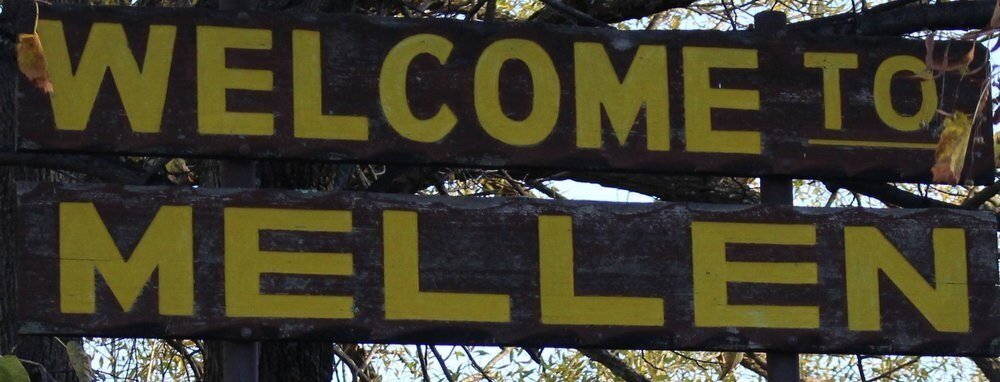Cryptid Profile: Saytoechin (AKA: Beaver-Eater)
In the Yukon Territory of Canada, members of the Canadian First Nations sometimes spoke of an unknown creature while retelling stories that had been passed down from generation to generation. In the Tutchone language, the creature is known as the Saytoechin, to everyone else, the creature is known as the Beaver-Eater.
The First Nations people regarded this unknown creature as a very real, flesh and blood animal. The creature was described as being thicker and more muscular than a grizzly bear, it possessed the ability to stand on its hind legs and reach a height of over 10ft, and its main diet consisted primarily of full grown beavers (hence the name Beaver-Eater). The Saytoechin would use its giant front claws to rip apart and sometimes flip over the beavers lodge, thus providing unobstructed access to its semi-aquatic prey.
In the mid-1980’s, the BCSCC (British Columbia Scientific Cryptozoology Club) was told about an encounter from a woman named Dawn Charlie. The woman told the story about how her sister-in-law, her SIL’s husband, and her SIL’s mother were all fishing at Tatchun Lake when a large brown animal that looked like a bear in size, but possessed a long tail and a flat face exited the woods in their direction at a fast speed. The creature appeared to possess large claws on each of its front paws and the three witnesses scrambled to get out of its path. The woman’s husband grabbed his gun and shot at the approaching animal as the two women ran towards the boat. With the motor started, the husband fired one more shot at the creature, jumped into the boat, and the trio took off. The large animal lumbered its way back into the woods.
There is another report from the early 90’s (which cannot be verified but is also believed to have originated with Dawn Charlie) about a man in Carmacks, Yukon, who shot at a giant sloth-like creature while it was swimming in a small lake. The story goes that the man was in his boat fishing when he took sight of an exceptionally large, brown colored animal swimming towards his boat. Obviously frightened that a large unknown creature was making its way towards him , the main steadied his gun and fired off a shot. The creature, appearing to be hit (or at least startled), turned in the opposite direction and made its way back to shore on the other side of the lake where it quickly disappeared into the trees. The man noted seeing a large, or what appeared to be longer than 3ft, tail on the creature. A characteristic which a bear does not possess.
Since the late 1990’s, there have been no more reported sightings of a large sloth-like creature roaming around the Yukon Territory.
So how believable is it for a giant sloth to be living in Canada? Not as farfetched as you might think. During the Middle and Late Pleistocene era, a giant sloth by the scientific name of Megalonyx jeffersonii made its home in North America. The bones of this extinct giant sloth have been found in many US states east of the Rocky Mountains. But, archeological digs have also turned up the bones of this sloth as far north as Alaska, and also the Yukon. The fully assembled skeleton of Megalonyx stands around 9.8ft tall and a living creature was estimated to weigh around 2,205lbs. To put this into perspective, male grizzly bears can stand around 9-10ft tall and weigh upwards of 800lbs.
Now, after reading the above information about how bones of an extinct giant sloth have been found in the Yukon, you may be more accepting of the fact that this creature potentially was witnessed alive by modern day people. But that then raises another question, why would this giant sloth be eating beavers? Aren’t sloths herbivores? That is where two scientists from Uruguay come in.
In 1996, Dr. Richard Farina and Dr. Ernesto Blanco from the University of the Republic in Montevideo came up with a theory that extinct giant sloths may have actually be omnivores. Why did they think this? Because of the sloths elbow. The olecranon (the large, thick bone that sits behind the elbow) of the extinct giant was extremely short, and a short olecranon is a characteristic found in many other carnivores. The short olecranon bone allows the carnivores to increase their speed while running, which in turn allows them to use their front paws/claws to attack and catch prey. But again, this is just a theory. There are many other scientists who strongly disagree with the thought that Megalonyx could have actually been a hunter.
So where does this leave Saytoechin on its possible existence? Well, since there have been no reported sightings since the early 1990’s, it is highly likely that the last remaining members of this thought to be extinct species finally died off. But then again, who knows, the upper Canadian wilderness is absolutely massive and many areas are uninhabited and uncharted. So for all we know, there could be a small population of Saytoechin’s roaming around among the trees, just chowing down on beavers and lumbering along through life without a care in the world.
-The Pine Barrens Institute
*Image Credit: Google
Do you have a strange tale, family legend, or odd sighting you would like to report? Get in touch with us here to share what you know!
Want more monster stories in your life? If the answer is yes, then make sure to check out our book ‘Monsters In Print: A Collection Of Curious Creatures Known Mostly From Newspapers’, available now from Amazon!
Make sure to also check out our shop for official PBI shirts, totes, buttons, and stickers!











